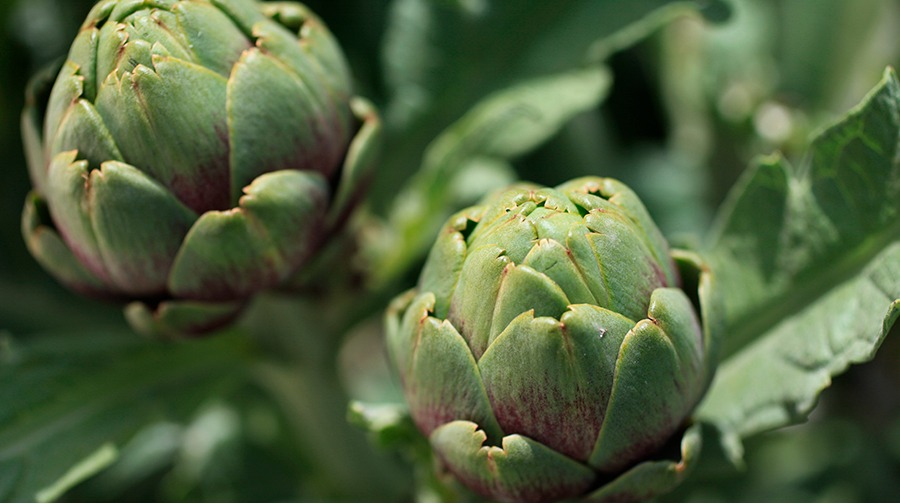Artichoke: 5 recipes that will make you love it
Síguenos en:Google News
Small, but powerful. That’s the artichoke, a type of vegetable that under a rosette of leaves hides a tiny bit of flesh – also known as the heart – which has a surprisingly high nutritional content.
This vegetable – also known by its scientific name: Cynaras scolymus – is grown in the regions of La Libertad, Áncash, Junín, Ica, Ayacucho, Cusco, Apurímac and also in Lima. Although it is mainly harvested in spring, it is available all year round.
Nutritional value
According to the United States Department of Agriculture, the artichoke belongs to the most important group of vegetables in the market. This is thanks to its high content of antioxidants, which are responsible for regenerating and protecting cellular DNA. It also contains vitamin K, which improves bone health and prevents heart disease, and vitamin C, a substance that strengthens the immune system and fights premature aging.
To the list of benefits found in the heart of the artichoke we can also add phytosterols, which control cholesterol and triglyceride levels in the blood; diuresis, responsible for eliminating fluid retention and toxins; and fiber: ideal for improving intestinal transit and preventing stomach conditions.
One more fact: every 3.5 ounces of artichoke has 44 kilocalories, so it is a great ally for those who want to maintain the right weight.
From the earth to the table
This vegetable is an ingredient that should not be missing from any Peruvian table. Here are some practical and simple recipes to include artichokes in your everyday diet.
Artichoke soup. An ideal recipe for cold days. To make it, take 7 ounces of artichokes, extract the flesh and then fry it with a little oil for two minutes. Then place it in freshly boiled water for five minutes. Stir with a wooden spoon, add salt and pepper and that's it. You can also add some croutons.
In salads. Peel the artichokes until reaching the thinner layers (the first one covering the heart). Then, add them to a pot of water with salt that has previously been heated to boiling point. Leave them cook for 20 minutes and then peel them. After that, add them to the salad bowl. Mix them with the vegetables of your choice.
Chips. Cut the artichoke flesh into thin slices and place these in a pan with preheated oil. Let them fry, making sure they become crisp but without losing their original color. Once the chips are ready, transfer them to a plate with absorbent paper. Finally, add a little salt.
Artichoke Omelet. Ideal for a nutritious breakfast. Slice the artichoke flesh into small pieces and squeeze a little lemon over them. Transfer these to the frying pan and fry them over a low heat with a splash of water. Fry for 15 minutes or until they are tender. Remove them from the pan and set them aside in a container. In another bowl, beat the eggs, add salt, and a pinch of baking powder. Set aside. Return the artichokes to the frying pan, brown them in a little oil and then add the beaten eggs. Let the mixture set and that's it.
Purée. A perfect side for beef or poultry. Place the artichoke hearts in a saucepan with previously sautéed garlic. Simmer them on a low heat adding water when necessary to prevent them from sticking. Once ready, add salt and pepper and four cups of vegetable stock to soften them. Purée and serve.
Did you know that...?
- Peru is the second largest exporter of processed artichokes in the world. In the North American market, we are in first place.
Sources: La Vanguardia/ El Comercio/ Sevilla ABC/ Revista Sentir/Ok Diario/ U.S. National Library of Medicine







